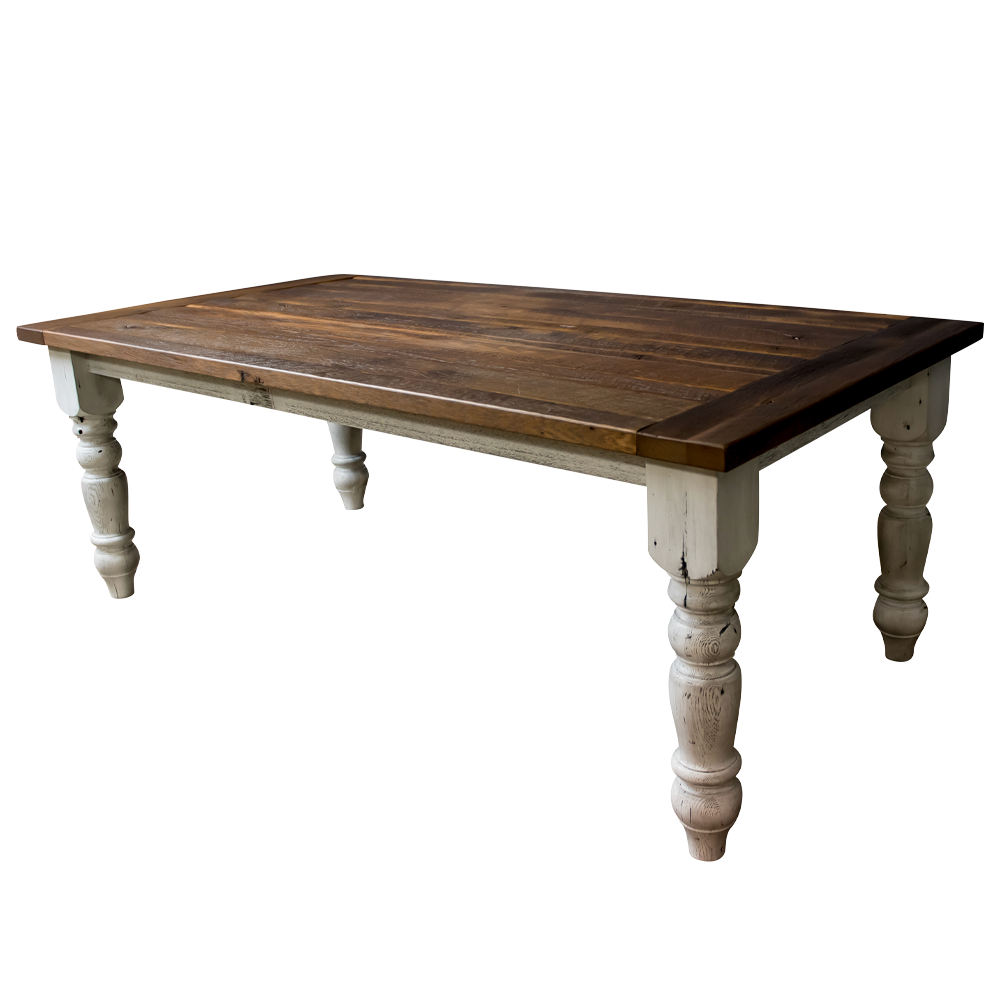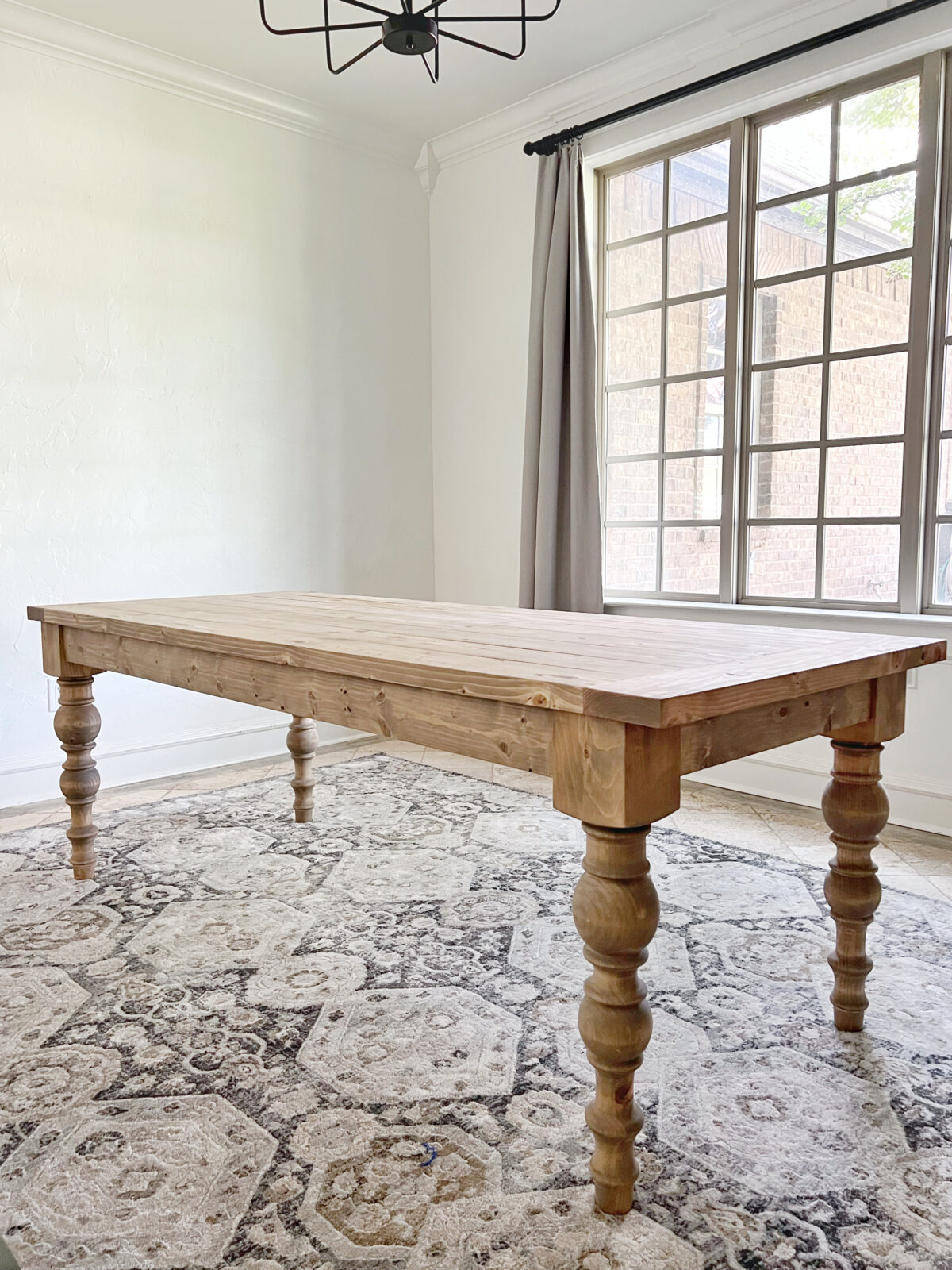Update Your Table's Look with Decorative Dining Table Legs Wood Designs
Update Your Table's Look with Decorative Dining Table Legs Wood Designs
Blog Article
Exploring the Different Sorts Of Table Legs Timber for Your Dining Space
The selection of table legs timber can greatly affect both the aesthetic and useful top qualities of your dining room. Solid timber alternatives, such as oak and walnut, provide a timeless look with unrivaled sturdiness, while crafted wood choices provide ingenious styles that mimic the splendor of all-natural grains. Furthermore, the expanding trend of redeemed wood introduces a lasting element that allures to environmentally aware consumers. As we discover these various choices, it comes to be essential to consider not just the visual charm yet likewise the useful effects of each material selection. What elements should assist your choice?
Strong Wood Options

Unlike crafted products, solid timber is much less prone to warping and damage over time when appropriately kept. Each item of strong timber is unique, showcasing individual characteristics that include to the beauty and personality of the eating table.
Additionally, solid wood can be ended up in various methods, varying from natural oils to stained finishes, permitting home owners to individualize their furnishings to match their decoration. In summary, selecting solid wood for dining table legs not just guarantees architectural honesty but also improves the visual appeal of the dining location, making it a worthwhile investment for any kind of home.
Engineered Wood Alternatives

Plywood, constructed from numerous layers of wood veneer, is specifically strong and secure, making it an excellent choice for eating table legs. Its split make-up allows it to hold up against changes in moisture and temperature better than standard solid wood. MDF, on the various other hand, offers a smooth surface for painting or veneering, enabling designers to achieve a polished appearance while maintaining architectural integrity.
When selecting engineered timber alternatives, it is important to take into consideration the designated usage and wanted visual. These materials not only boost the capability of eating spaces however additionally allow for higher layout adaptability, making sure that standard and modern designs can coexist harmoniously.
Reclaimed Wood Features
Reclaimed wood provides an unique blend of sustainability and personality, making it a significantly prominent option for dining table legs. Sourced from old barns, manufacturing facilities, and other frameworks, recovered wood symbolizes a background that brand-new products just can not duplicate. Each item lugs its own story, noted by distinct imperfections, knots, and varying grain patterns, which add to a table's one-of-a-kind visual charm.
In enhancement to its visual appeal, recovered wood is an eco-friendly alternative. By repurposing previously utilized materials, it minimizes the demand for new lumber, thus helping to lessen and conserve forests waste. This aligns with an expanding consumer choice for lasting techniques in home furnishings.
Moreover, redeemed wood is usually more resilient than newly collected wood due to its age. The all-natural drying procedure that redeemed timber goes through outcomes in a additional info denser and more powerful material, making it less susceptible to bending and splitting. This improves the durability of eating tables, permitting them to hold up against the roughness of daily usage.
Softwood vs. Hardwood
When picking eating table legs, recognizing the distinctions between softwood and wood is crucial for accomplishing both visual and practical objectives. They usually display a more rustic look, making them ideal for informal or country-style dining rooms.
On the other hand, hardwoods, sourced from deciduous trees like oak, cherry, and maple, are renowned for their density, stamina, and longevity. The detailed grain patterns and abundant tones of woods supply a innovative and classic his explanation charm, making them optimal for official dining settings. While hardwoods tend to be much more costly and much heavier, their resilience against deterioration frequently justifies the investment.
Inevitably, the option in between softwood and wood for dining table legs should straighten with your style vision, usage demands, and budget plan, ensuring that your eating space reflects your individual design while continuing to be practical gradually.

Therapies and finishes
The visual allure and long life of table legs can be substantially improved with different surfaces and treatments. These processes not just shield the wood from damages yet likewise elevate its look, enabling it to enhance varied interior styles.
One typical therapy is discoloring, which passes through the timber and boosts its natural grain while adding shade. Discolorations give an abundant, sophisticated look, making it possible for house owners to match their furniture with existing design. Conversely, clear coatings such as polyurethane or varnish produce a protective layer without altering the wood's original color, ensuring sturdiness versus damage.
Furthermore, all-natural wikipedia reference oils, like tung or linseed oil, nourish the timber and provide a refined luster, all while being environmentally friendly. These oils permit the surface area to take a breath, avoiding wetness accumulation and potential warping.
For those seeking a rustic appeal, weather-beaten or distressed surfaces can be related to produce an aged look, including character to the item. Eventually, the option of therapies and finishes depends on individual choice, preferred aesthetic appeals, and the specific wood type, making it vital to take into consideration these variables when selecting table legs for your space.
Conclusion
Finally, the selection of table leg products significantly influences both the visual and useful facets of a dining area. Strong woods, crafted alternatives, and reclaimed options each offer distinct advantages, accommodating various preferences and demands. Recognizing the differences between hardwoods and softwoods, together with appropriate surfaces and therapies, permits notified decision-making. Ultimately, the choice of timber type should align with wanted style, durability, and environmental factors to consider, enhancing the overall dining experience.
The option of dining table legs wood can profoundly impact both the visual and practical high qualities of your dining area - Dining Table Legs Wood. Strong wood options, such as oak and walnut, provide a timeless appearance with unparalleled longevity, while crafted wood alternatives offer cutting-edge layouts that simulate the richness of all-natural grains. Strong wood uses a classic high quality that can raise the total layout of a dining space. Each piece of solid timber is special, showcasing private characteristics that include to the appeal and personality of the dining table
Additionally, recovered timber is commonly extra resilient than recently harvested wood due to its age.
Report this page